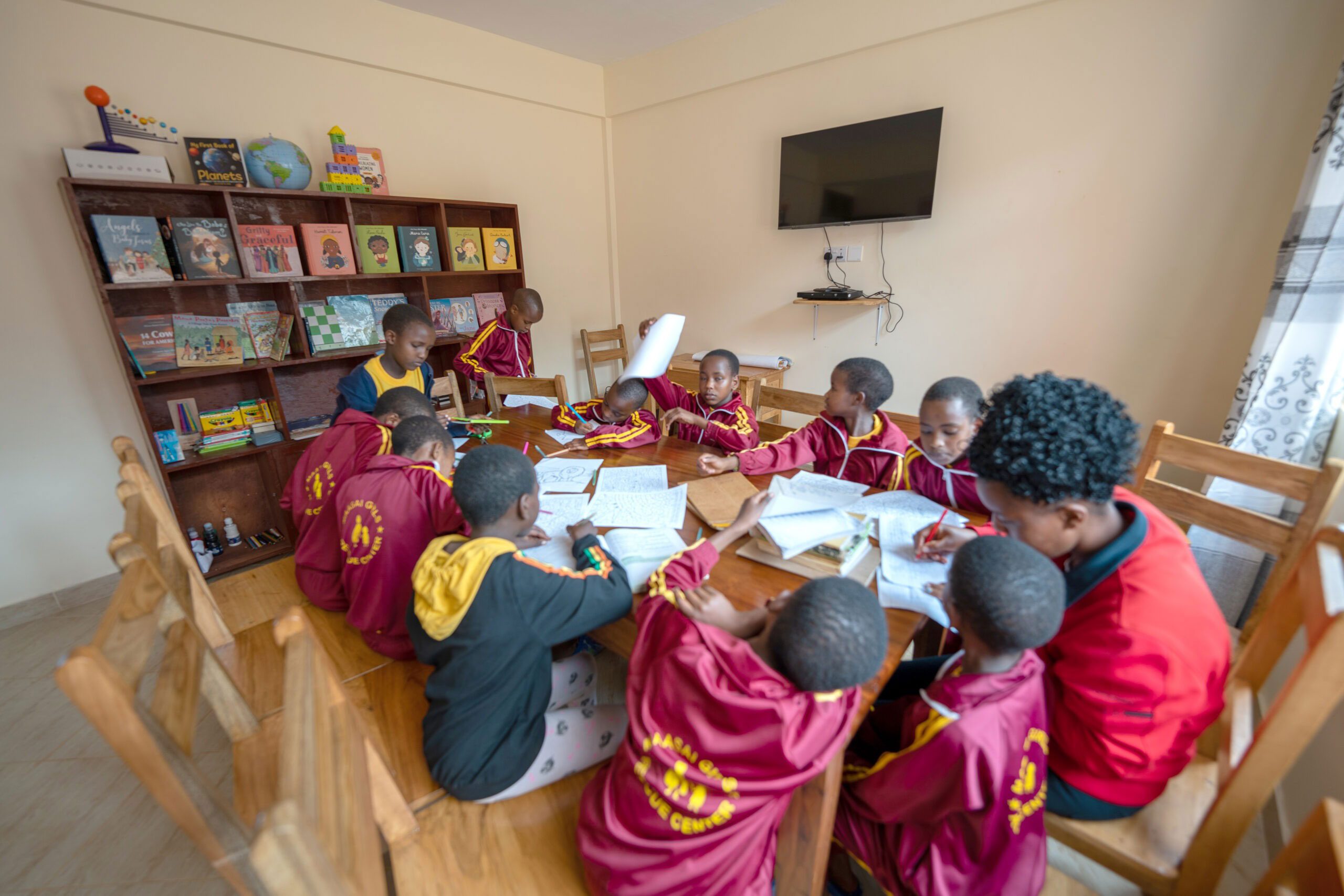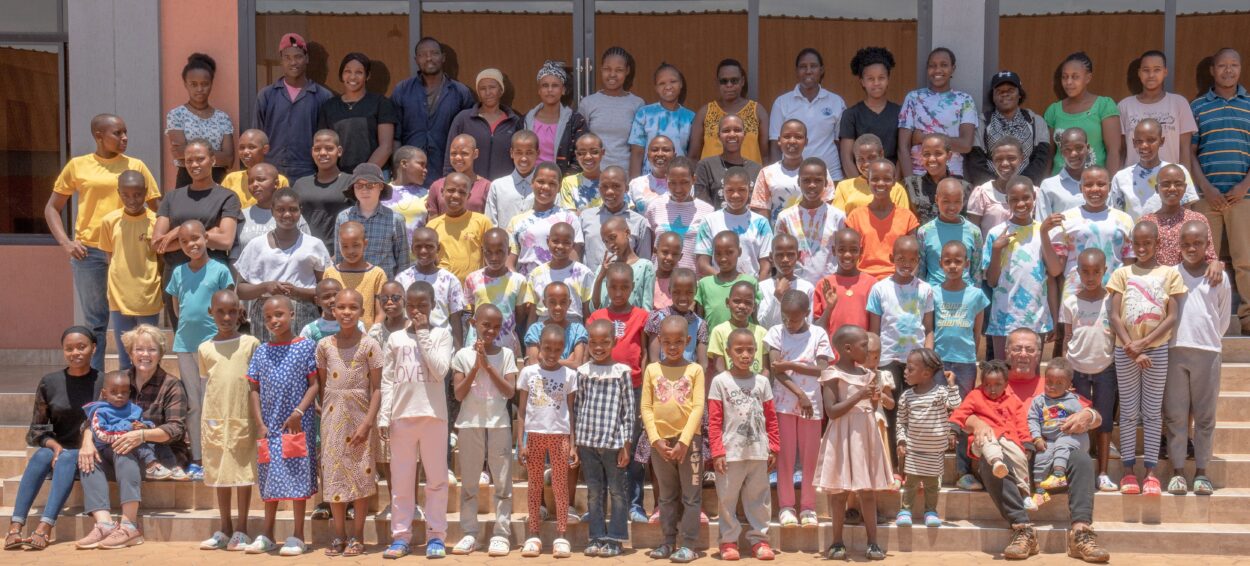Transforming lives beyond handouts
Breaking barriers to build brighter futures.
Pathways to sustainable futures and self-reliance
Maasai Girls Rescue Center (MGRC) is redefining empowerment for at-risk Maasai girls by breaking the cycle of dependency and creating pathways to self-sufficiency.
Traditional charity models, often providing direct aid, can create dependency and disrupt local markets, limiting long-term development, particularly in marginalized communities like the Maasai in Tanzania. At MGRC, our sustainable solutions are designed to create lasting change.
More than aid, sustainable solutions:
- Self-sufficiency: By fostering education and life skills, we empower girls to shape their own destinies.
- Stronger communities: Investing in local talent and resources fuels economic growth and resilience.
- Breaking barriers: We champion long-term progress over short-term aid, ensuring Maasai girls and their communities thrive.
We believe in potential, not dependency. Together, we’re building a future where at-risk Maasai girls have the tools to succeed!

Rescuing and empowering at-risk Maasai girls
MGRC is dedicated to reshaping the narrative for Maasai girls.
We rescue and empower at-risk girls, providing them with essential services like food, shelter, medical care, counseling, education, training, and mentorship, enabling them to build sustainable futures.
- Rescue: We rescue girls from harmful practices like FGM and child marriage and dangerous situations like abuse and abandonment, providing them with a safe haven.
- Educate: We offer personalized education and vocational training, equipping girls with the skills they need to succeed.
- Empower: We foster entrepreneurship and financial literacy, empowering Maasai girls to create their own futures.
By rescuing at-risk Maasai girls and investing in their potential, we’re creating a future where they can thrive, not just survive.

MGRC’s sustainable social enterprise is making a difference

Maasai Girls Rescue Center is a non-profit dedicated to empowering Maasai girls by offering them a path towards financial independence and an improved quality of life. The Maasai ecoLodge operates as a social enterprise to ensure the sustainability of our rescue center, while our rigorous business systems prioritize the girls’ well-being and maximize every resource.
- 100% donation impact: No administrative overhead.
- Sustainable funding: Our ecoLodge will directly support rescue center operations.
- Rigorous framework: Ensuring financial and business transparency and accountability.
By supporting MGRC, you’re investing in the future of Maasai girls, contributing to a sustainable solution, and making a tangible difference.
Devoted to empowering Maasai girls
Education is the key to breaking the cycle of poverty. We unlock the potential of Maasai girls by providing them with a safe haven, education, and life skills training. Our goal is to empower them to become strong, independent women who can shape their own futures.

Raising a Maasai family of 70+ girls
Nurturing young lives, one girl at a time
A family of hope. At MGRC, we’re more than just a rescue center; we’re a family. Our dedicated Tanzanian House Mothers make the impossible possible, every single day. We provide a loving home, quality education, and a brighter future for over 70 at-risk Maasai girls. We’re committed to providing:
- A safe home: A nurturing environment with loving house mothers.
- Quality education: Daily schooling to empower their minds.
- Sustainable living: Fresh, nutritious food from our ecoFarm.
- Life skills training: Essential skills for success, from leadership to interpersonal skills.
- Christian values: A foundation of faith and moral guidance.
- Personalized development: Tailored plans to reach their full potential.
Ready to make a difference?
There are many ways to get involved and support our mission. Donate to provide essential resources, sponsor a girl to offer a brighter future, or volunteer your time to make a direct impact on these young lives.


